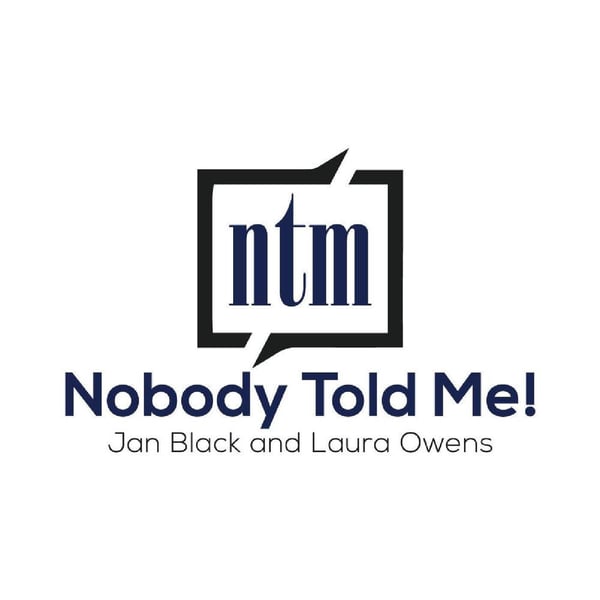Lisa Selin Davis: ...the history (and the future) of girls who dare to be different
Nobody Told Me!
Nobody Told Me!
4.2 • 671 Ratings
🗓️ 24 August 2020
⏱️ 34 minutes
🧾️ Download transcript
Summary
We've been living in an era of 'hyper-genderism', where we've been taught but pink is girly and blue is for boys. For too long, many girls have been afraid to challenge the societal norms and be what so many people call a 'tomboy'. But what does that term even mean?
To learn more, we talk to Lisa Selin Davis, author of the new book, Tomboy: The Surprising History and Future of Girls Who Dare to Be Different.
The book explores where tomboys fit into our evolving understanding of gender identity and expression. It expands on the ideas Lisa first discussed in an Op-Ed piece she wrote for the New York Times about her own daughter’s experience as a self-described “tomboy” and how her research led her to the conclusion that many women who we consider to be the greatest heroines of all time described themselves the same way.
***
Thanks to our sponsors of this episode!
--> BetterHelp: get 10% off your first month of online counseling if there are issues that are interfering with your happiness or preventing you from achieving your goals by visiting betterhelp.com/nobody.
--> Stamps.com: 4 week trial plus free postage and a digital scale without any long-term commitment. Go to stamps.com, click on the microphone at the top of the homepage, and type in NTM.
Learn more about your ad choices. Visit megaphone.fm/adchoices
Transcript
Click on a timestamp to play from that location
| 0:00.0 | Welcome to Nobody Told Me. I'm Jan Black. |
| 0:14.5 | And I'm Laura Owens. |
| 0:16.0 | As a mother-daughter duo, we're very much looking forward to this episode where we're |
| 0:20.3 | talking with our guest, |
| 0:21.8 | Lisa Selen Davis, author of the new book, Tomboy, the surprising history and future of girls |
| 0:28.2 | who dare to be different. The book explores where tomboys fit into our evolving understanding |
| 0:33.0 | of gender identity and expression, and it expands on the ideas Lisa first discussed in an op-ed piece |
| 0:39.1 | she wrote for the New York Times about her own daughter's experience as a self-described tomboy. |
| 0:44.8 | Lisa, thank you so much for joining us. We have so enjoyed reading the book. Thank you so much for |
| 0:49.7 | the copy of it. Thank you so much for having me and for enjoying the book. Talk to us about that New York |
| 0:57.0 | Times piece that inspired the book. And you also dealt with a lot of criticism for it. So talk to us |
| 1:02.2 | about how you dealt with that. Well, that was definitely my first Twitter storm. And it was |
| 1:09.0 | interesting because I had written this piece where I was expressing |
| 1:14.3 | what I thought was support for trans kids and saying, yes, absolutely, let's facilitate |
| 1:20.4 | them and support them, but also pointing out that, oh, there are also some of these |
| 1:26.2 | cisgender kids, girls who kind of dress like boys |
| 1:30.8 | or like boy stuff or play with boys. And how can we support them at the same time? Because when you're |
| 1:39.1 | telling a girl like that, that she must be a boy, it seems like weirdly regressive in this era when we're |
| 1:49.0 | supposed to have such expansive notions of gender. And the first time I had written about that |
| 1:54.6 | was a few years before and really no one was talking about trans kids in the media. It just |
| 1:59.5 | wasn't a subject that was getting much |
| 2:01.5 | press. But this time, because it was in the New York Times and because of the somewhat didactic |
... |
Please login to see the full transcript.
Disclaimer: The podcast and artwork embedded on this page are from Nobody Told Me!, and are the property of its owner and not affiliated with or endorsed by Tapesearch.
Generated transcripts are the property of Nobody Told Me! and are distributed freely under the Fair Use doctrine. Transcripts generated by Tapesearch are not guaranteed to be accurate.
Copyright © Tapesearch 2025.

